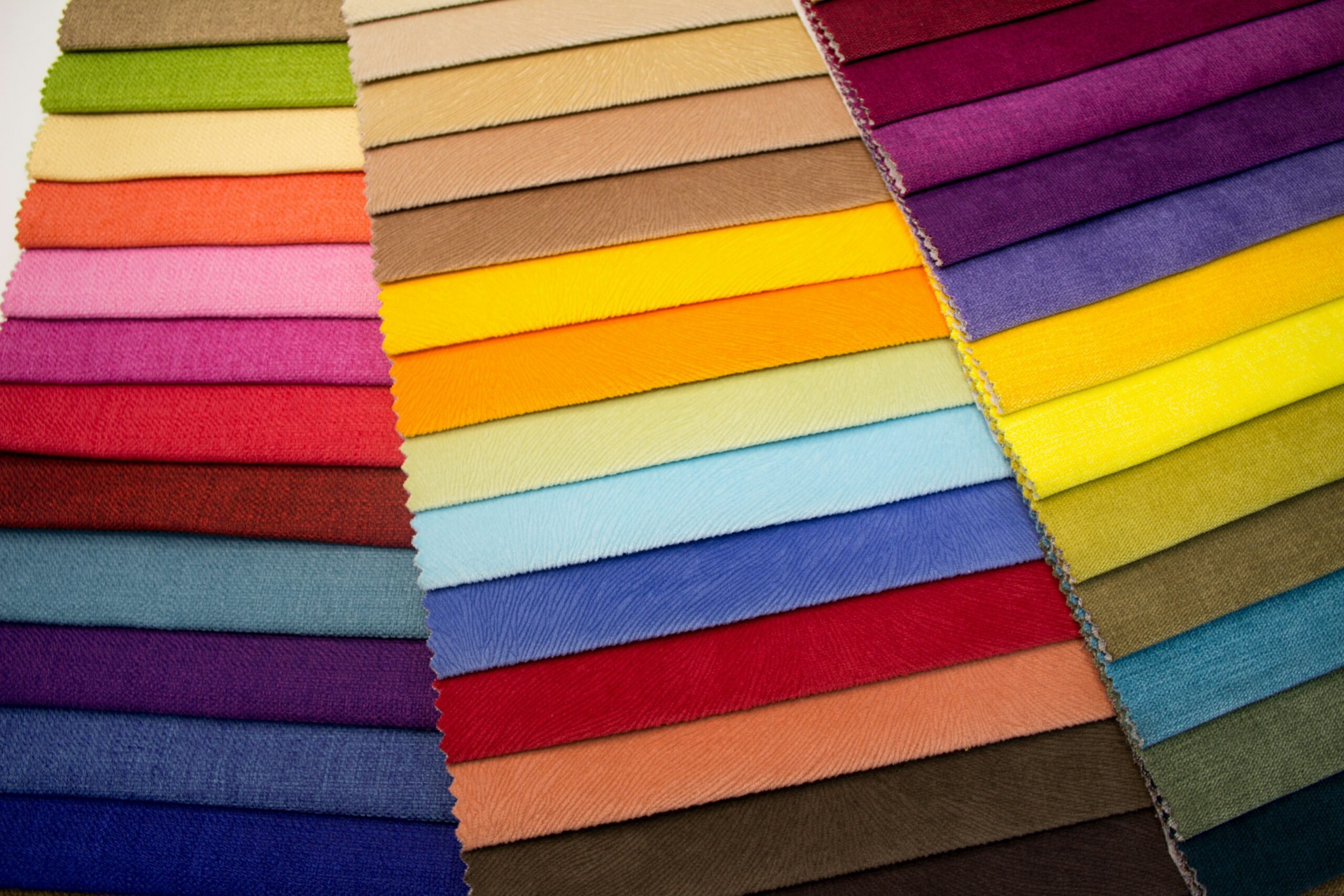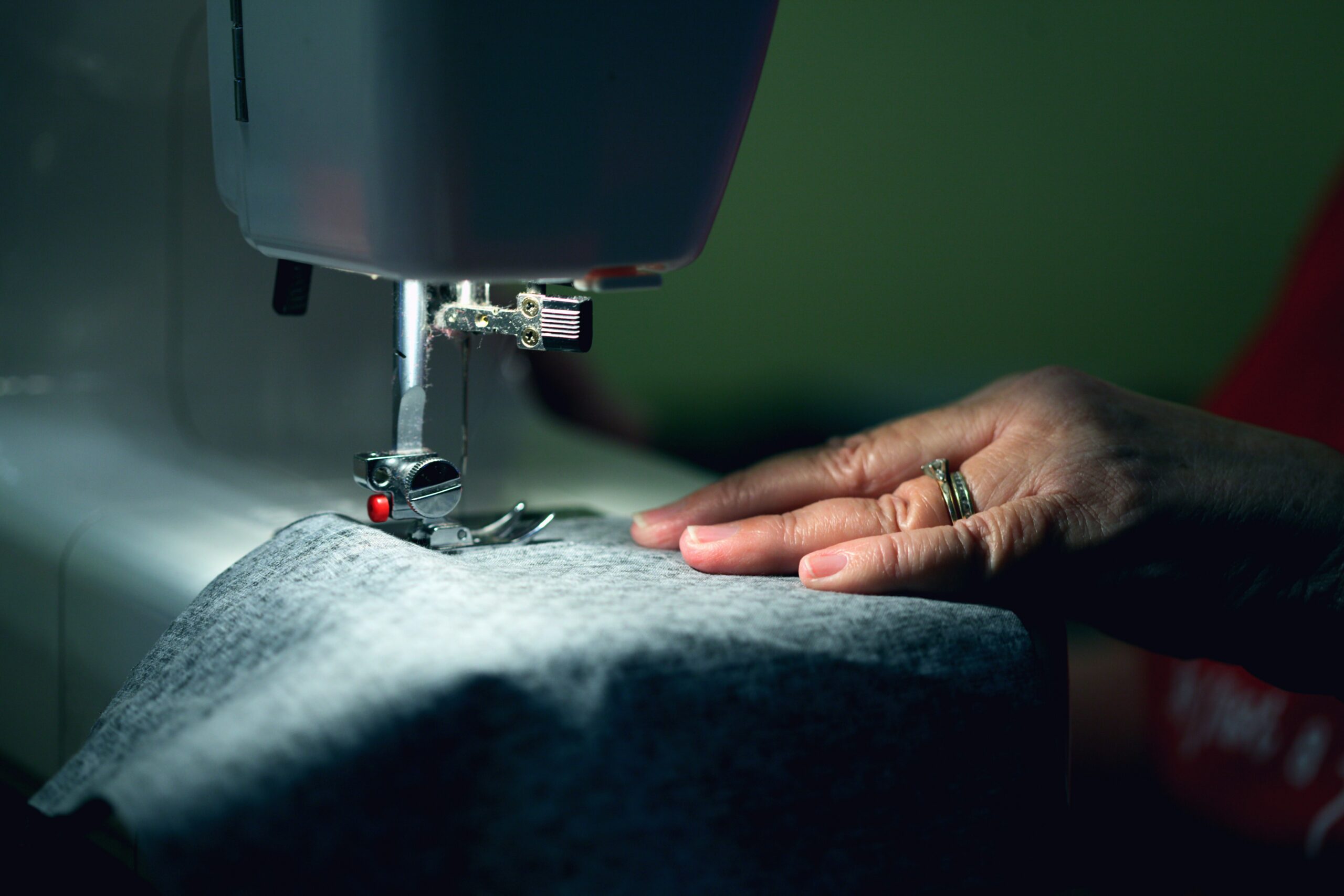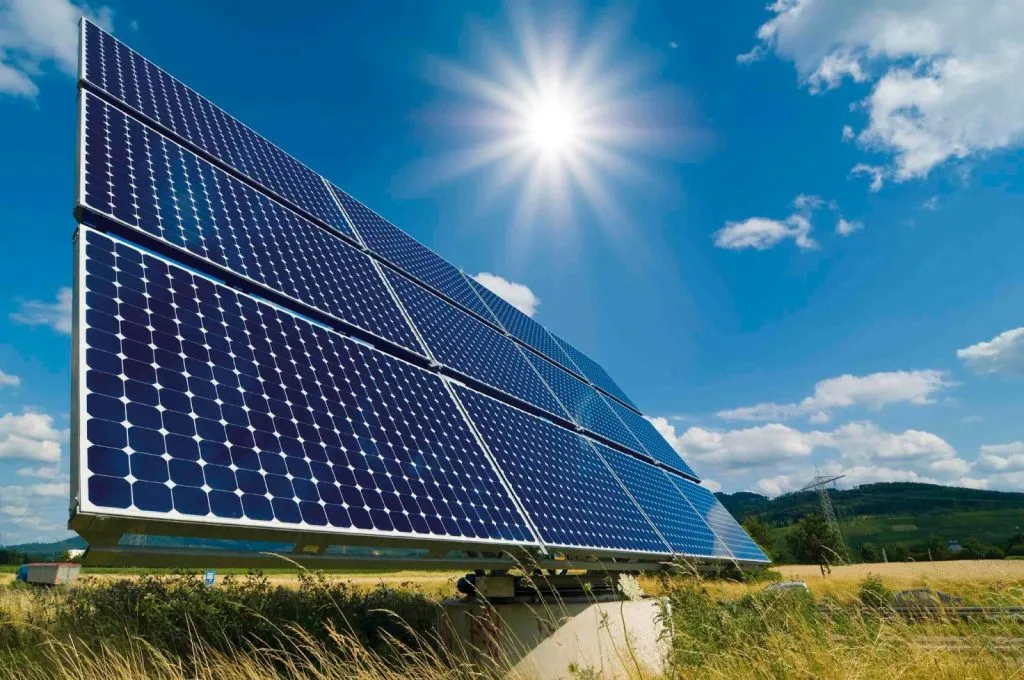Understanding the Difference Between Polyester and Nylon for Bag Production
When choosing the right fabric for bag production, polyester fabric and nylon fabric are two of the most commonly used materials. Both are synthetic fibers derived from raw petroleum but differ significantly in their characteristics, applications, and environmental impact.
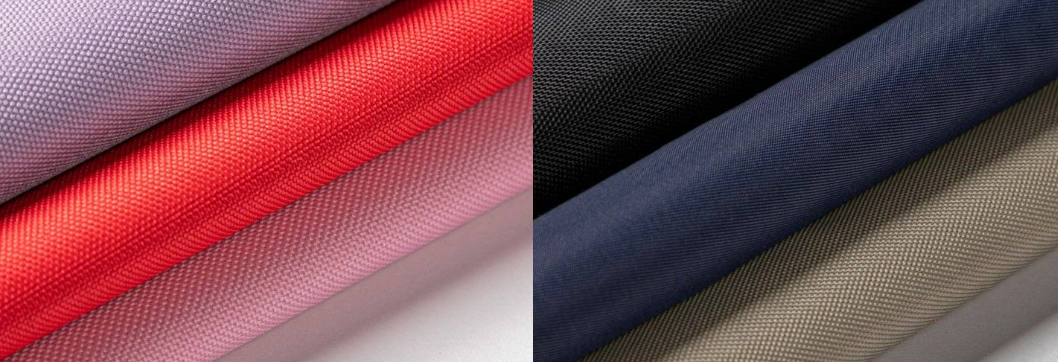
Introduction to Synthetic Fabrics
Synthetic fabrics, such as polyester and nylon, have revolutionized the textile industry with their unique properties and versatility. These man-made materials are created through chemical reactions, resulting in fibers that can be woven or knitted into a wide range of fabrics. Synthetic fabrics have become an essential part of our daily lives, from clothing and upholstery to outdoor gear and industrial applications. The adaptability of polyester and nylon fabrics makes them ideal for various uses, providing durability, strength, and resistance to environmental factors.
Polyester and Nylon Fabrics: What Are They?
Polyester is made through a chemical process involving dimethyl terephthalate and other compounds, creating a durable and water-resistant material.
Nylon fabric originates from nylon material, known for its abrasion resistance and high resistance to stretching and tearing. Recycling nylon is crucial for sustainability, as it primarily involves pre-consumer materials like factory waste, and presents more challenges compared to recycling polyester.
Properties of Polyester Fabric
Polyester is a popular choice for various applications due to its exceptional properties. Some of the key characteristics of polyester fabric include:
- High strength and durability: Polyester fabric is known for its robust nature, making it suitable for heavy-duty applications.
- Excellent resistance to abrasion and wrinkles: This fabric can withstand wear and tear, maintaining its appearance over time.
- Quick-drying and moisture-wicking properties: Polyester fabric dries quickly and wicks moisture away from the body, making it ideal for activewear and outdoor item.
- Easy to care for and maintain: Polyester fabric is low-maintenance, requiring minimal effort to keep it looking good.
- Can be made to mimic the appearance and feel of natural fibers: Polyester can be engineered to resemble cotton, silk, or wool, offering versatility in design.
- Can be recycled and reused: Recycled polyester is an eco-friendly choice, reducing waste and conserving resources.
Polyester fabric is widely used in clothing, upholstery, and outdoor gear due to its versatility and performance, making it a staple in the textile industry.
Raw Materials and Production
Both nylon and polyester are synthetic fibers, but their manufacturing processes differ:
- Polyester is created through a chemical reaction involving petroleum-based compounds.
- Nylon is also derived from petroleum but undergoes a different polymerization process that gives it unique characteristics such as flexibility and strength.

Comparing Nylon and Polyester in Bag Production
When manufacturers choose nylon fabric and polyester fabric for bag production, they consider various factors such as durability, weight, and water resistance. A nylon bag, for instance, often has a higher strength-to-weight ratio, making it stronger but potentially more prone to fraying and less resistant to UV degradation.
Durability and Structural Integrity
- Nylon fabric’s durability makes it a preferred material for heavy-duty applications, such as nylon backpacks and outdoor gear.
- Polyester fabric bags are also durable but are generally less stretchable than nylon fabric bags, making them better for maintaining structural integrity over time.
Water Resistance and Absorption
- Nylon generally has a higher tendency to absorb moisture, which can lead to longer drying times.
- One advantage of a polyester bag is that it naturally repels water, making it ideal for outdoor applications.
- Both materials can be treated to become water repellent or water resistant.
Weight and Lightweight Nature
- Polyester and nylon are both lightweight fabrics, but nylon is inherently stronger and lighter.
- This makes nylon backpacks an excellent option for outdoor use where weight is a concern.
Dyeing Process and Vibrant Colors
- Polyester fabric retains brightly colored dyes better due to its ability to hold vibrant colors during the dyeing process.
- Nylon polyester blends can improve color retention, but nylon stretches and absorbs dye differently, leading to possible fading over time.
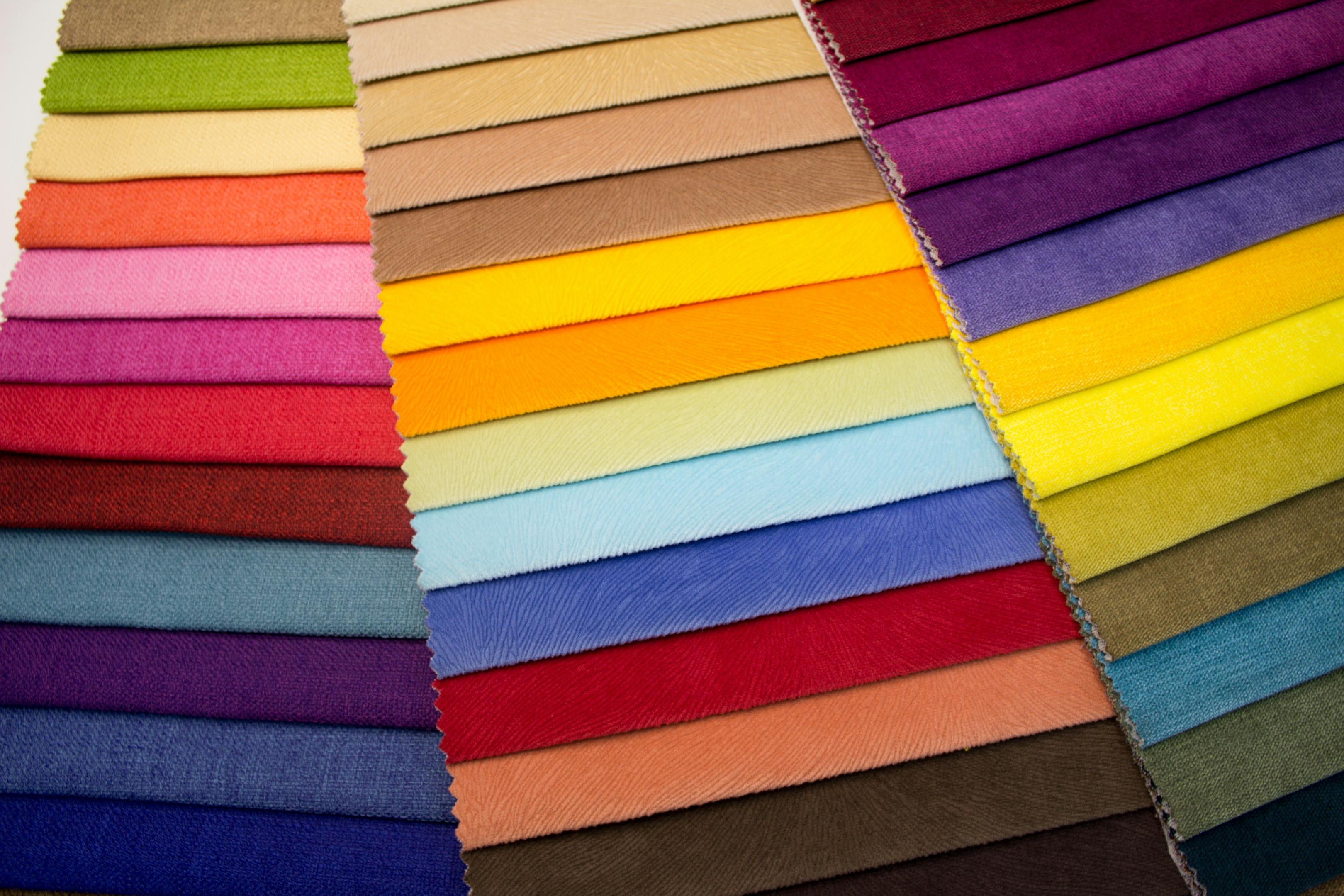
Environmental Considerations: Recycled Polyester and Nylon
- Recycled polyester is made from repurposed plastic bottles, offering eco-friendly options for sustainable bag production.
- Recycled nylon comes from materials like fishing nets, making it a better fabric choice for reducing waste in ocean ecosystems.
- Both environmentally friendly fabrics offer distinct advantages over traditional fabrics.
Water Resistance: Which is Better for Outdoor Gear?
For outdoor applications, water resistance is a crucial factor:
- Polyester nylon blends are commonly used to improve water-resistant properties.
- Nylon absorbs more water than polyester, making polyester a better choice for outdoor gear.

Choosing a Suitable Fabric for Bag Products
Selecting the suitable fabric for bag products depends on the intended use:
- Nylon bags for high resistance applications like heavy-duty travel bags.
- Polyester bags are for lower quality but affordable solutions.
- Two fabrics are often blended to maximize unique qualities.
Burn Test: Identifying Polyester vs. Nylon
A burn test can distinguish between nylon and polyester:
- Polyester burns slowly and melts, producing black smoke.
- Nylon shrinks away from the flame, melting into a hard bead.
Fabric Technology and Higher Thread Count
- Higher thread count in both nylon and polyester fabrics improves durability.
- Advances in fabric technology allow for better fabric performance in bags.
Avoid Stretching and Maintaining Durability
- Nylon’s durability makes it more flexible but prone to stretching.
- Polyester nylon blends help balance durability and weight.
Care and Maintenance
Proper care and maintenance are essential to extend the life of polyester and nylon fabrics. Here are some tips to keep your fabrics in top condition:
- Wash in cold water and mild detergent: This helps preserve the fabric’s integrity and color.
- Avoid using harsh chemicals or bleach: These can damage the fibers and reduce the fabric’s lifespan.
- Dry on a low heat setting or air-dry: High heat can cause synthetic fibers to shrink or become misshapen.
- Iron on a low heat setting to avoid scorching: If ironing is necessary, use a low heat setting to prevent damage.
- Avoid exposing to direct sunlight or extreme temperatures: Prolonged exposure can weaken the fibers and cause fading.
By following these care and maintenance tips, you can ensure that your polyester and nylon fabrics remain in good condition for a longer period, preserving their appearance and functionality.
Characteristics of Two Materials
Each fabric has unique characteristics:
- Nylon for strength, flexibility, and better water absorption.
- Polyester is used for water resistance, color retention, and affordability.
Creating a Better Fabric
The development of synthetic fabrics like polyester and nylon has led to significant advancements in textile technology. Researchers are continually working to create better fabrics with improved properties and sustainability. Some of the latest developments include:
- Recycled polyester and nylon fabrics made from post-consumer waste: These eco-friendly options help reduce waste and conserve resources.
- Biodegradable synthetic fabrics made from renewable resources: Innovations in fabric technology are leading to more sustainable materials that break down naturally.
- Fabrics with built-in UV protection and water repellency: Advanced treatments enhance the functionality of synthetic fabrics, making them ideal for outdoor gear.
- Fabrics with improved breathability and moisture-wicking properties: New technologies are making synthetic fabrics more comfortable and suitable for activewear.
As technology continues to evolve, we can expect to see even more innovative and sustainable synthetic fabrics in the future, offering enhanced performance and environmental benefits.

Conclusion: Which Fabric Is Best?
Ultimately, choosing between polyester and nylon depends on intended use, outdoor use, and specific requirements such as water resistance, weight, and unique advantages. Both two materials offer advantages, ensuring that manufacturers can find the perfect balance for bag production.

